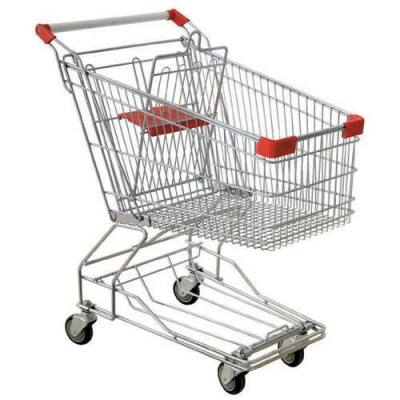Square’s $200 million Series D and $3.25 billion valuation yesterday may have risen expectations massively for where mobile payments will ultimately go, but for now the vast majority of us are still pulling out our cash, cards and checks to buy things. A study from Deloitte notes that today in the UK only 1% of mobile consumers have ever used a handset to pay for something in a retail location. However, it also provides some convincing evidence that we are at least well on our way to linking mobiles — specifically smartphones — to retail purchases anyway.
In the U.S. Deloitte says that using apps and mobile web sites while shopping accounted for a 5% bump in retail sales, equating to $159 billion in in-store sales. In the UK the proportion was slightly higher, but that the actual value was lower: mobile usage gave a 6% bump, or £15.2 billion ($24.7 billion) in sales. Deloitte notes that this puts the value of mobile influence at twice that of how much money is being processed through mobile payments at the moment in the UK.
That influence is set to grow. Fuelled by the rise in apps and mobile websites catering to shoppers, as well as smartphone ubiquity, Deloitte forecasts that in the U.S. the impact of smartphones on retail in the U.S. will rise to 17%-21% — working out to $628 million – $782 million in sales by 2016.
The UK, meanwhile, will see a smaller impact in the next four years both in proportion and real value: Deloitte believes that by 2016 smartphone penetration will reach 80%, and with that rise smartphones will influence 15% and 18% of in-store sales, or £35-43 billion ($57 billion-$79 billion).
Deloitte has drilled down to also provide more detailed data about the UK market — still relevant for the wider U.S. picture, considering how close it is to the U.S. in terms of other mobile shopping behaviour.
Deloitte says that nearly half — 46% — of smartphone owners have used their devices to research items before or during a visit to a store.
It also notes an increase in looking at those phones while shopping also influences purchases somewhat: 74% of shoppers that visit a mobile site or app for a retailer or brand make a purchase, compared to 66% of smartphone owners who didn’t visit the app or site. As Deloitte points out, this is a call to retailers to sort out better mobile experiences for their users, even if they are not directly linked to making purchases, and only to carry more information about the products.
That’s already the case for some retailers, says Ian Geddes, UK head of retail at Deloitte: “[Mobile] is rising to the top of many retailers’ agendas. Its influence is only going to increase so it is very important for retailers to get this right,” he said.
He also points out that this is especially important given that retail isn’t exactly booming at the moment: “In a low growth industry, mobile represents an opportunity for retailers to create a distinctive experience for their customers and take market share.”
But as Google pointed out in its recent study on multiscreen usage, it’s not always going to be the physical store where the purchase gets completed. In many cases, a shopping experience initiated on a mobile device will be continued on a tablet or PC when no longer on the move. So ultimately, there should be more than just product information in place if a retailer hopes to seal the deal.
Deloitte also found that some retail sectors have a stronger influence from mobile than others. Unsurprisingly, electronics topped the chart: smartphones influenced 10% of in-store sales of electronics in the UK, which will rise to 30% by 2016. Convenience stores and supermarkets were at the other end of the scale: respectively 2.9% and 3.8% of sales are influenced there.
The 1% figure for mobile payments figure is pretty disheartening — and should be a major wake-up call to just how small mobile payments is as a business today (and may go some way to explaining why Apple didn’t feel the need to go NFC in this iPhone). Deloitte notes that until more contactless technology gets adopted at the retail end, this is bound to remain on the sidelines.
